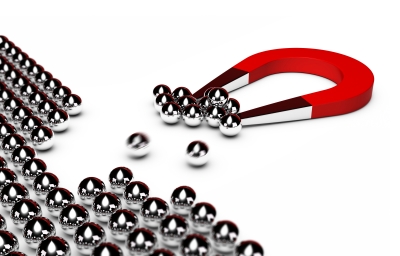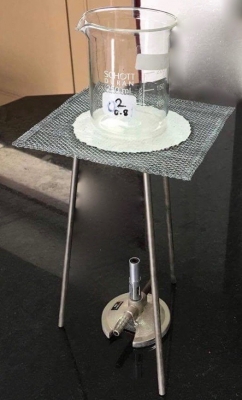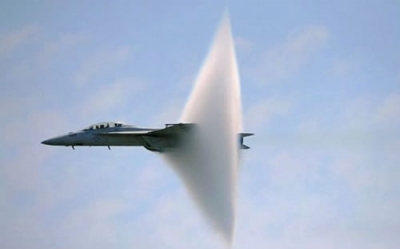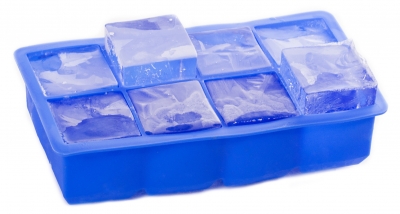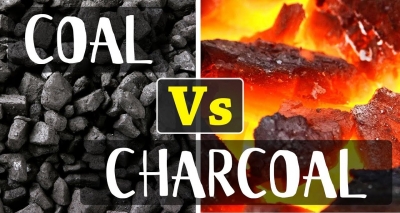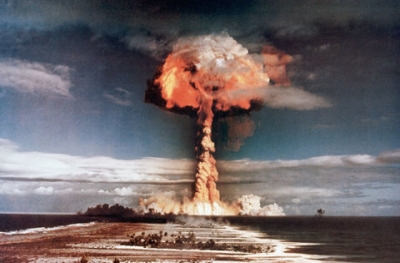What happens to the fish living in the lake?

Lakes in cold region freeze in winter. What happens to the fish and other animals living in the lake?
A lake may freeze when it is very cold but fortunately for the fish and other animals living in it, it freezes only at the surface. The water below the surface remains unaffected. This happens because of the odd behaviour of water. Like any substance water also contracts and becomes denser as it cools; but once it cools to 4 its behaviour changes. Below 4 water actually starts becoming lighter. At 0 , water freezes to ice. Ice is lighter than water and it floats on water. The ice layer insulates the water below from the cool air above. This keeps the water below the surface, warm and in liquid state.
Picture Credit : Google
